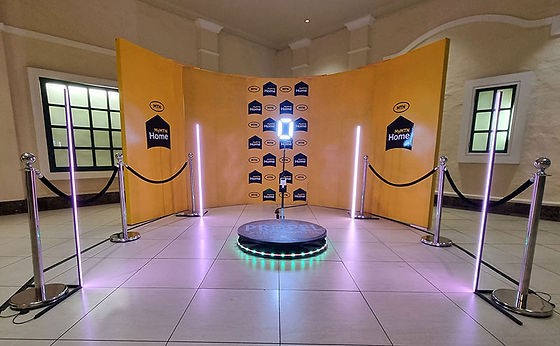The cutting edge of modern technology has been pushed further and further with the swift increase in innovation. Recently, spatial computing has emerged as the ‘next frontier’ in the ever evolving technological space. Through spatial computing technology, augmented reality (AR), mixed reality (MR), and virtual reality (VR) are all possible. Essentially, augmented reality overlays digital elements over physical elements. In AR, it is not possible for the physical and digital elements to interact with one another. Conversely, mixed reality overlays digital elements over physical elements, but does allow for interaction between physical and digital elements. And virtual reality is entirely removed from the physical world and generates an entire new world for the user.
With the capabilities of this new technology, it begins to displace the current reigning technology of smartphones and smartwatches. Rather than having to manually control technology in your hand, you can now have it already worn on your head. Additionally, this display can improve your visibility, with enhanced brightness and zoom, and can allow for much light to refract better into your eyes. Ultimately, this technology stands to be the next major technological milestone in the near future. While the severity of the change accompanying spatial computing is unknown, it is definite that it will impact the future of technology.












